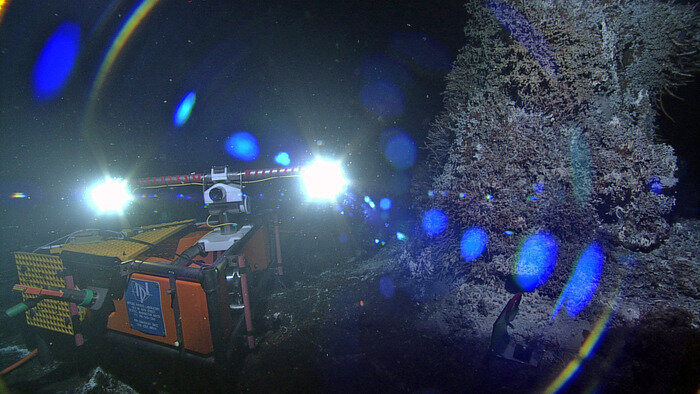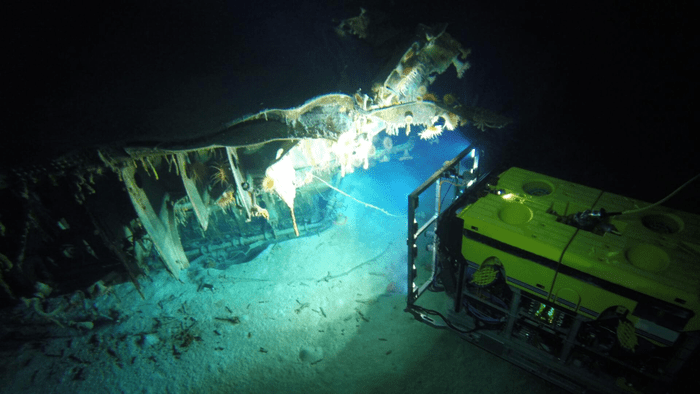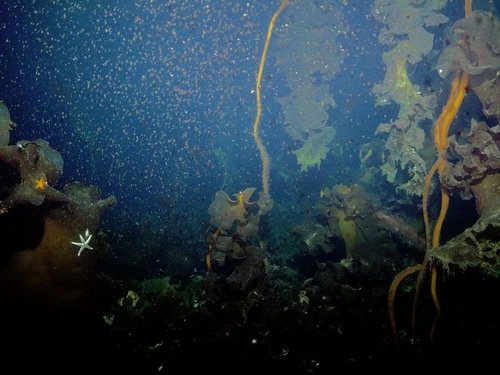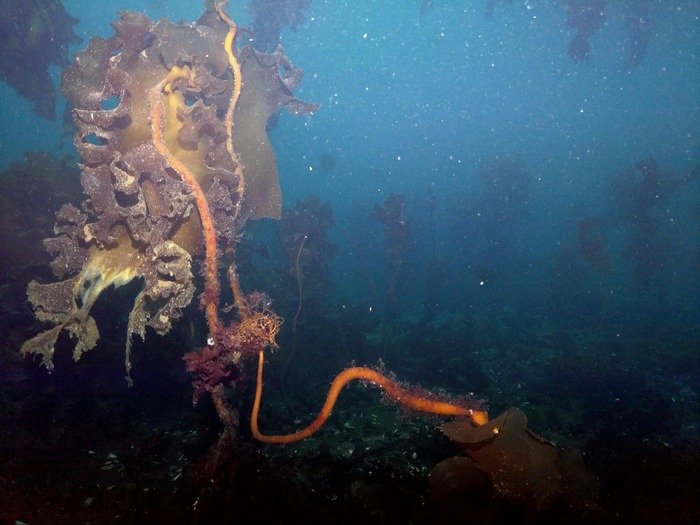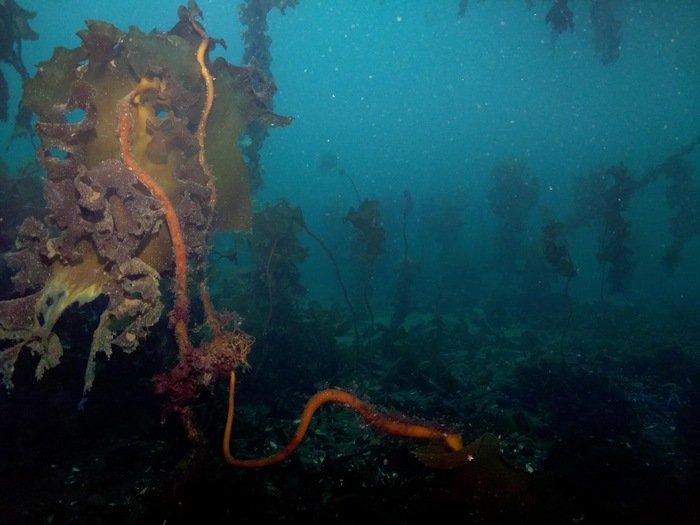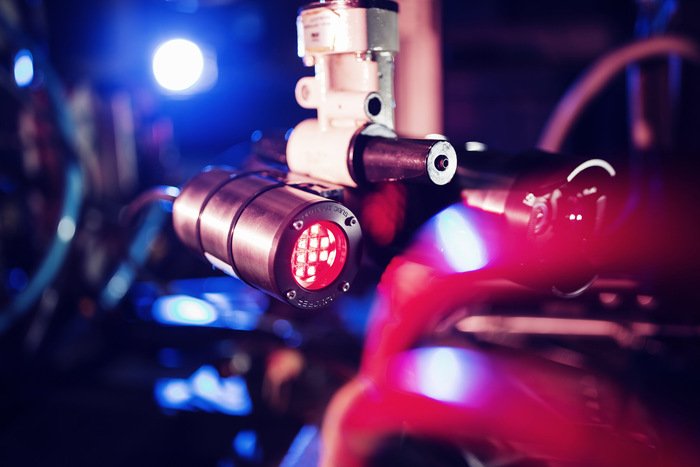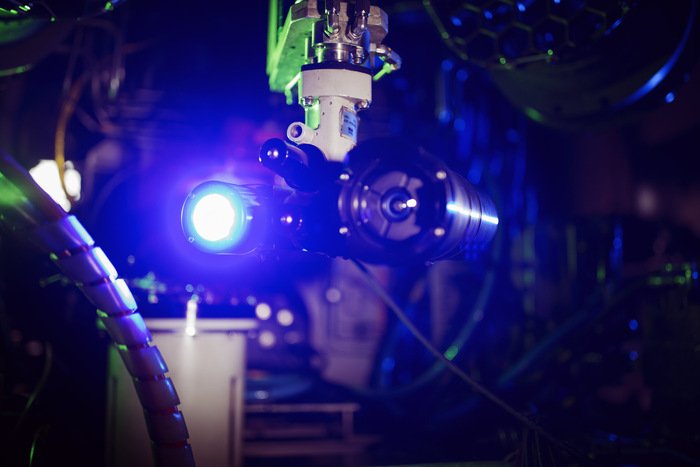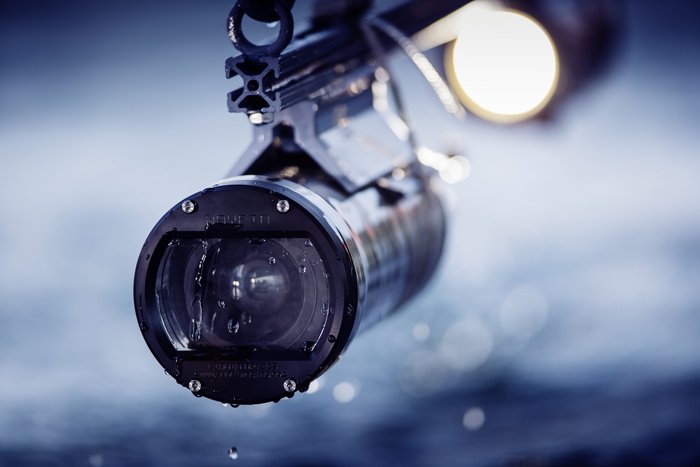Guide to Subsea Lighting
5 Tips to Pick the Best Deep Sea Lights
Ambient light decreases the deeper you go underwater. This means, in order to capture quality subsea videos and images, you’ll need the right lighting. Without it, you won’t get the results you’re looking for in your marine research or offshore survey and you’ll end up wasting time and money.
As experts in subsea imaging, we have a few tips to help you understand underwater lighting and how to pick the option that is right for you.
1. LEDs are Best
The high output, high performance of LED lights are best for subsea imaging. Since they are long-lasting and rugged, LEDs work for both short- and long-term projects. For example, Ocean Networks Canada (ONC) has been using the SubC Imaging Observatory Camera System with our LED lights for nearly a decade!
Above: SubC LED lights are long-lasting and have been used in ocean observatories around the world.
Above: SubC’s Aquorea LED - White shines brightly during an ROV survey.
2. Reliable and Durable Features
Your lights should be easy to use and work on-demand. They should also have rapid on-off switching and be able to maintain constant colour without dimming. For extra durability, look for a light that has titanium construction so it doesn’t corrode over time and a certified depth rating compatible with your project.
Brightness
A subsea light’s brightness is measured in lumens. The more lumens, the brighter and more vivid your images and video will be. For example, a 60-watt LED household light bulb has around 800 lumens while SubC’s LEDs have up to 32,000 lumens, making it the perfect choice for observations at any depth.
Integration
To avoid complicated retrofits, your lights should easily integrate with your subsea ROV, observatory, drop, tow, or battery-deployed camera system. On the surface, you’ll want your lighting to be software-controlled so that you can illuminate your subjects with precision.
3. Strobe Functionality
Ideally, your camera will have the capability to strobe (or flash) in addition to being used as a lamp. This capability is preferable to steady burning lights and is essential in both marine research and offshore energy applications.
Marine safe-guarding
Some sea creatures and environments are light-sensitive. Strobing allows you to take freeze frames with minimal disruption or impact. This type of safe-guarding measure in marine protected areas is recommended.
Above: An image of a Triggerfish is taken with a strobe using the Aquorea LED - White and a SubC camera.
Preventing backscatter
Particles of sediment and plankton can present another challenge when taking photos or videos underwater because they can cause backscatter. Backscatter occurs when using a strobe. The light reflects off these particles and shows up as bright dots on your image.
To prevent this from happening, position your light as far away from the camera as possible so that the light doesn’t reflect back on your lens. Backscatter can also be reduced with an LED that is designed to be directional with an 80° beam angle, like the Aquorea LED - White.
Image 1: Backscatter, like seen here as tiny dots, can ruin a great underwater photo.
Image 2: Another example of backscatter, before the LED has been properly positioned.
Image 3: The backscatter is reduced when the LED is positioned further away from the camera.
4. Colour Options
Light is absorbed more quickly underwater making colours fade away. Red is one of the first colours to disappear at around 5 meters because it has the longest wavelengths with the lowest energy. Orange and yellow follow at around 10-20 meters, green at 30 meters, and eventually blue at 60 meters.
While the human eye will adjust for the loss of underwater colour, when you take a photo those colours may be missing, resulting in dull images. Using a coloured LED light can help compensate for any colour deficiency.
Far-red
There are added benefits to having a red light if you’re conducting a natural species behaviour study. Many sea creatures are unable to see in the red spectrum and by using a red LED, you can capture images of biota in their natural behaviour.
Deep-blue
Deep-blue LEDs are best for subsea fluorescence and leak detection. This is because fluorescent chemicals absorb energy from light and then emit a different colour of light. The absorption and reemission of light from living organisms is called bio-fluorescence.
5. The Right Camera
Having great underwater lighting won’t matter if you don’t choose the right camera. There are several factors to consider, but for research or offshore energy you’ll want a camera that is intuitive, rugged and versatile. With its proprietary water-corrected LiquidOptics, SubC’s low-latency cameras are purposely built to withstand severe marine environments. SubC cameras consistently provide uncompromising 4K and HD video and imaging quality while delivering live HD over Ethernet or coax, and live 4K over fibre optics.
Above: The Aquorea LED - White and SubC camera’s have been designed to work together to take crisp, clear underwater images.

